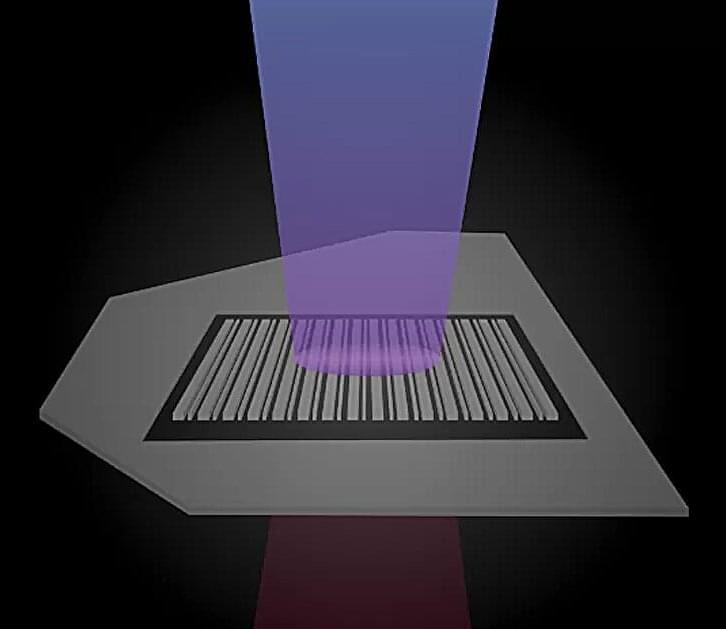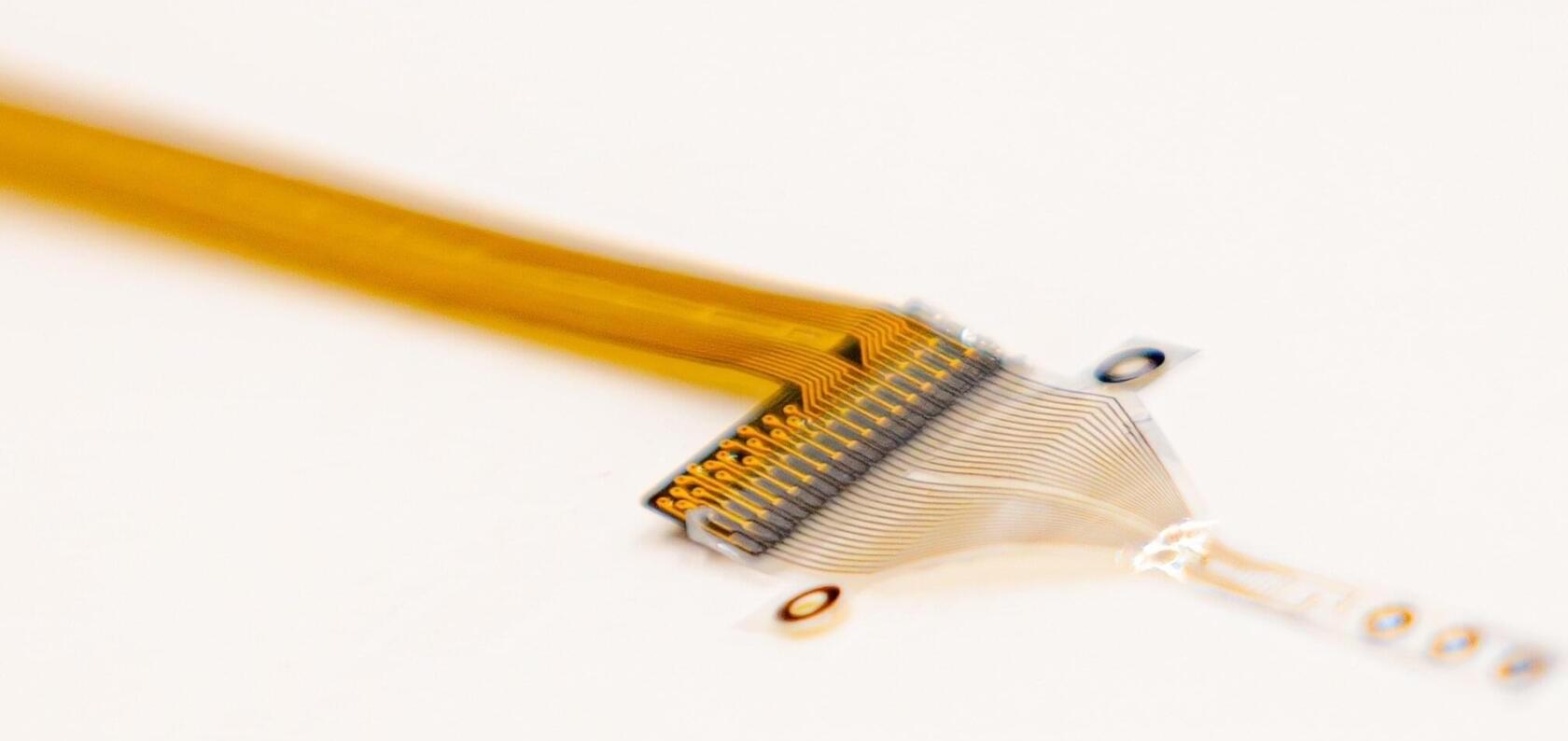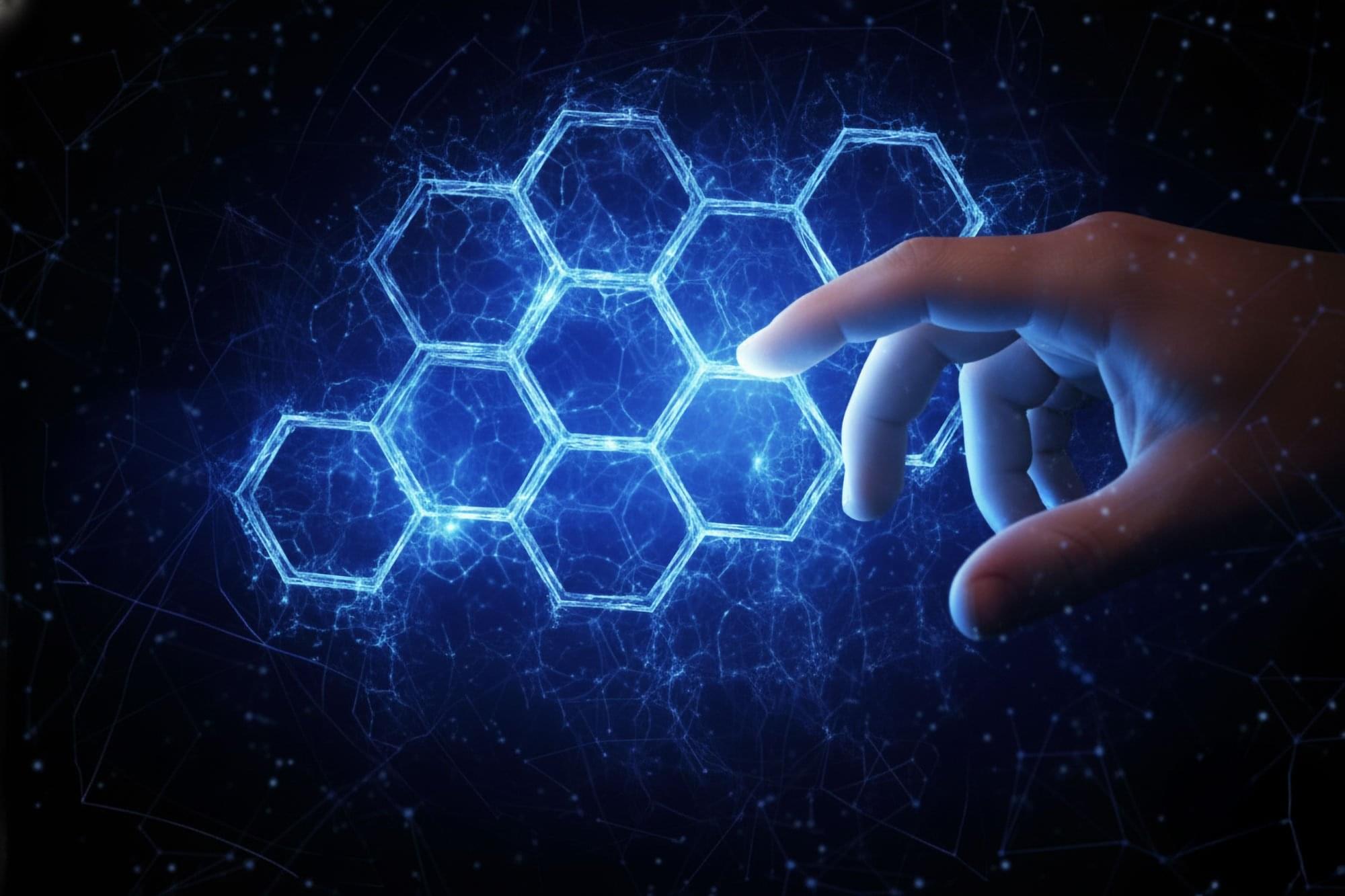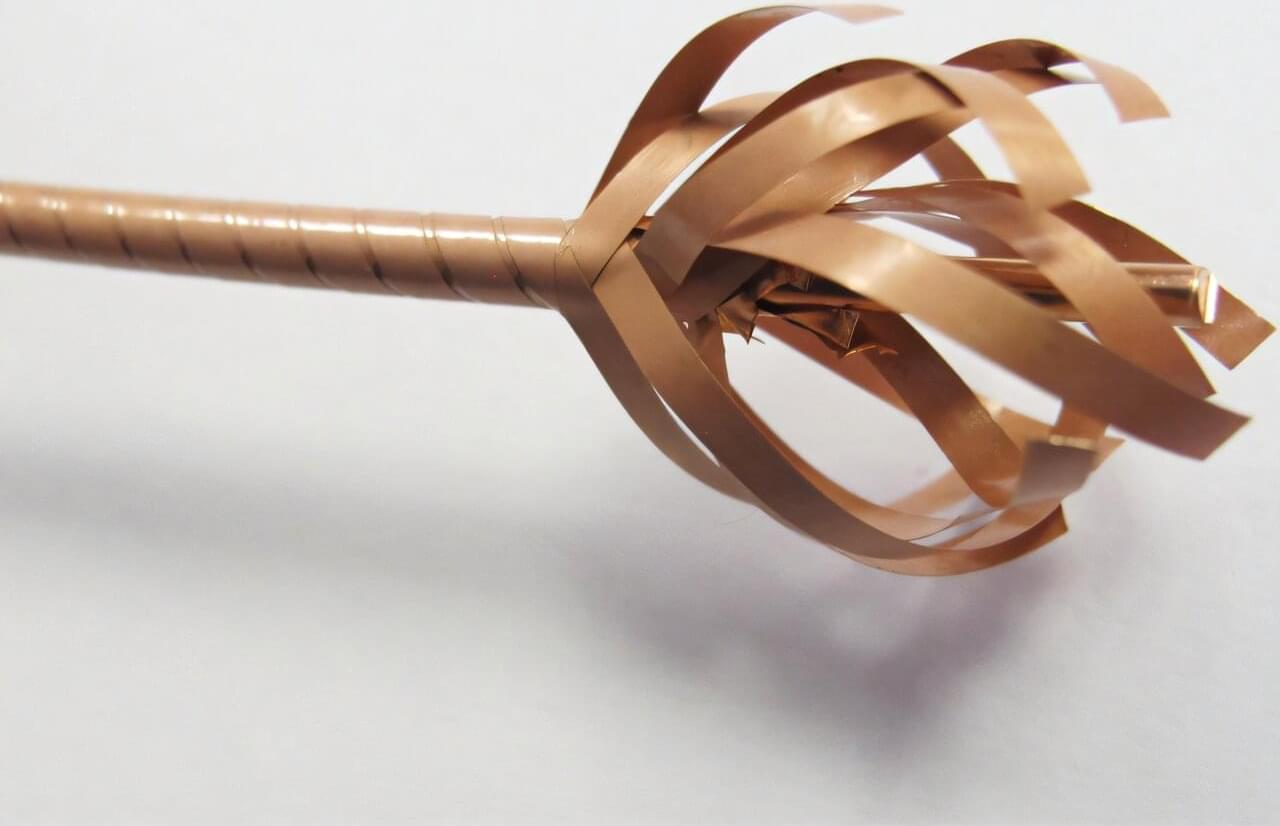In industrial pipes, mineral deposits build up the way limescale collects inside a kettle ⎯ only on a far larger and more expensive scale. Mineral scaling is a major issue in water and energy systems, where it slows flow, strains equipment and drives up costs.
A new study by Rice University engineers shows that lab-grown diamond coatings could resolve the issue, providing an alternative to chemical additives and mechanical cleaning, both of which offer only temporary relief and carry environmental or operational downsides.
“Because of these limitations, there is growing interest in materials that can naturally resist scale formation without constant intervention,” said Xiang Zhang, assistant research professor of materials science and nanoengineering and a first author on the study alongside Rice postdoctoral researcher Yifan Zhu. “Our work addresses this urgent need by identifying a coating material that can ‘stay clean’ on its own.”






